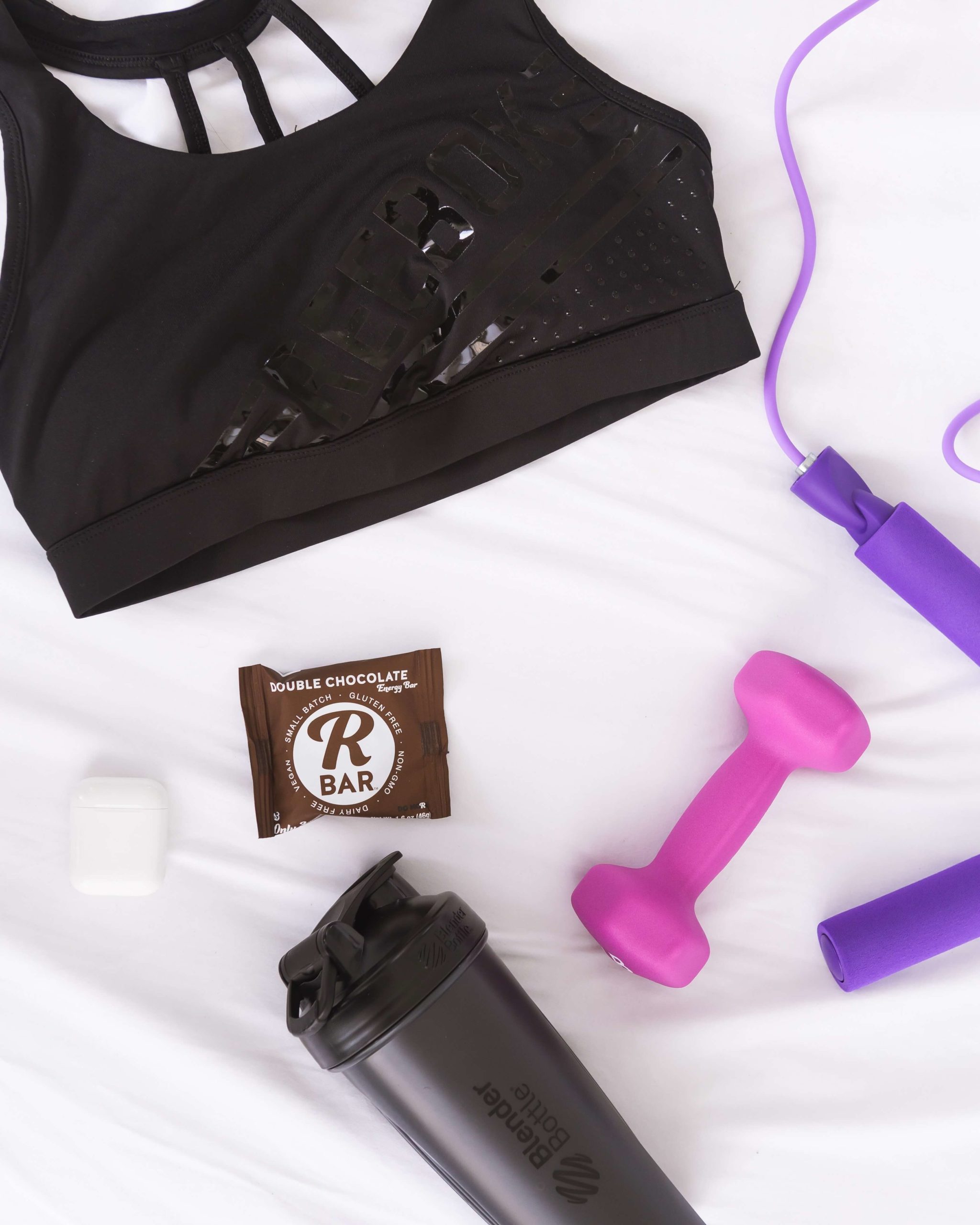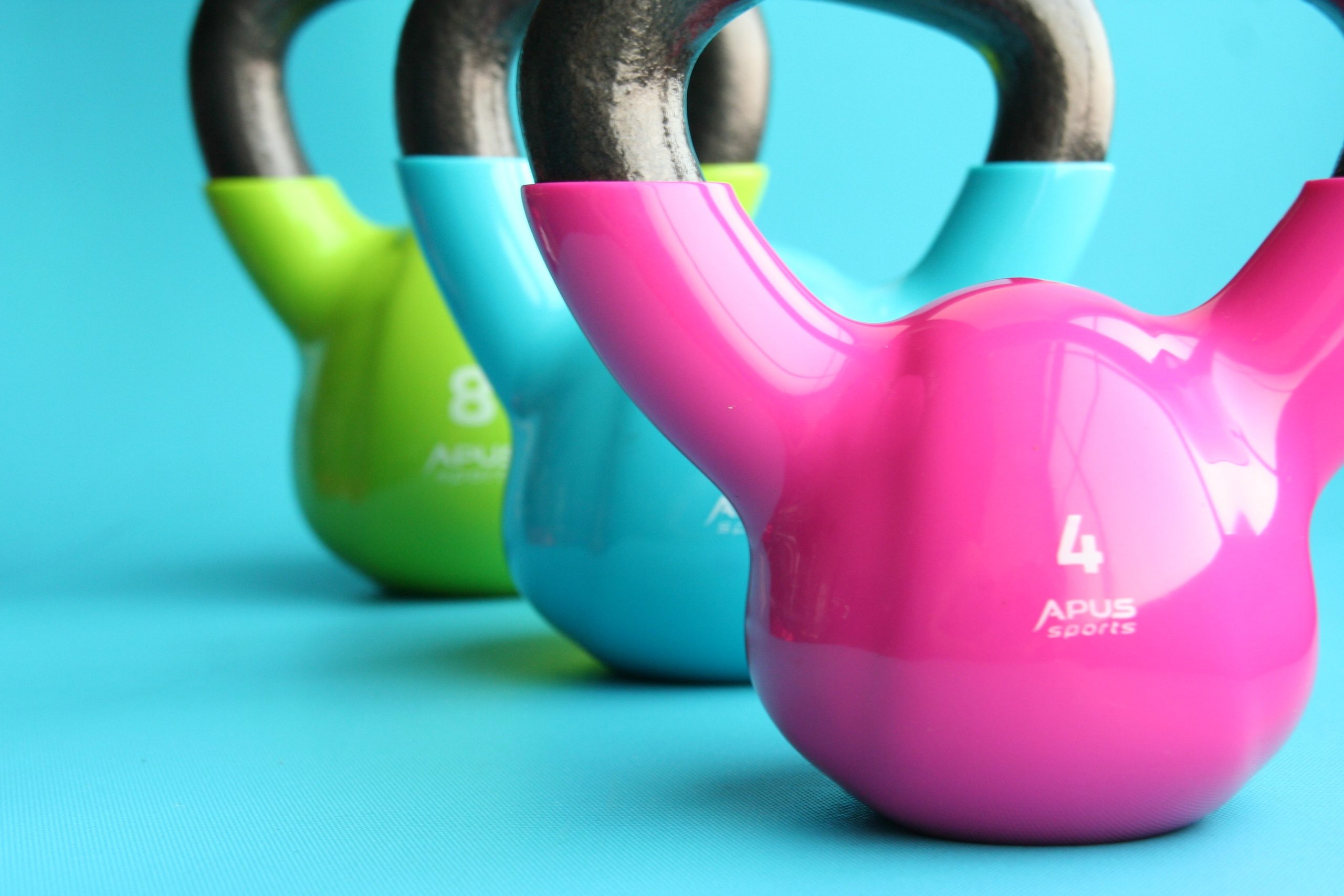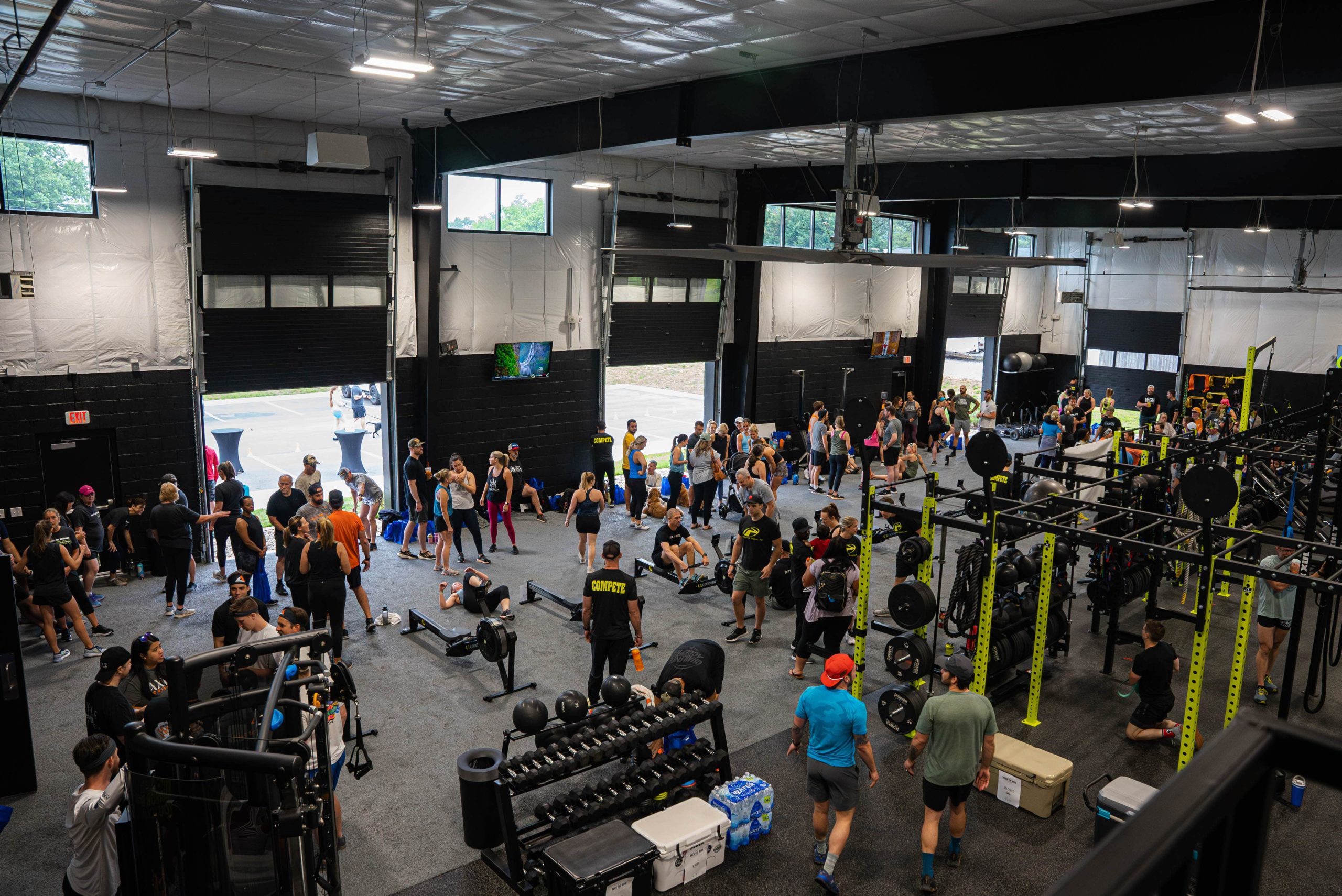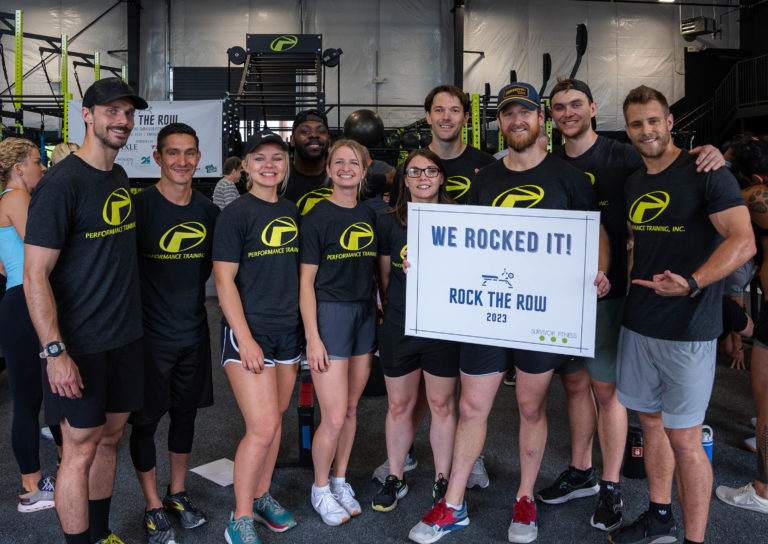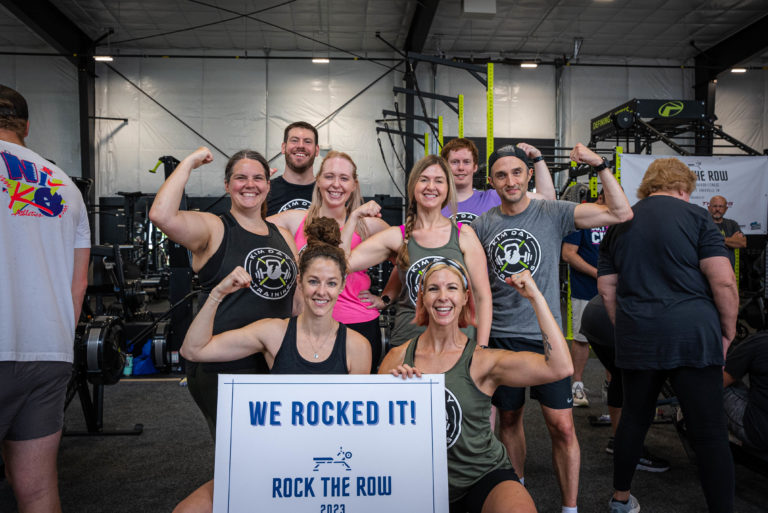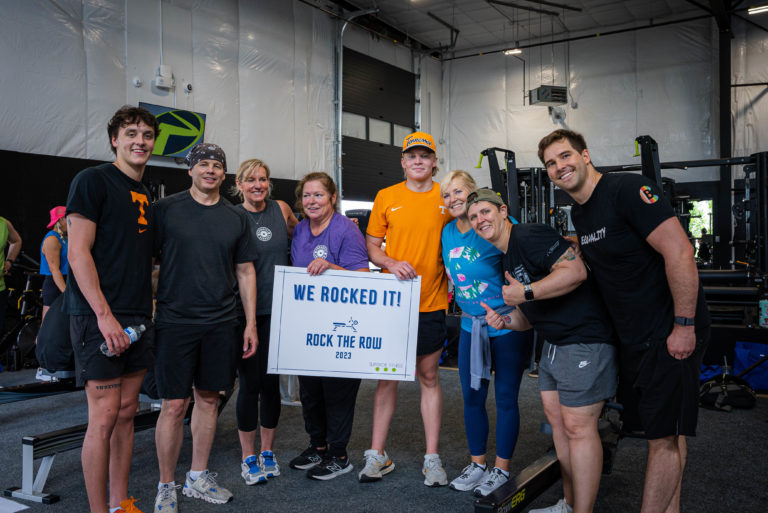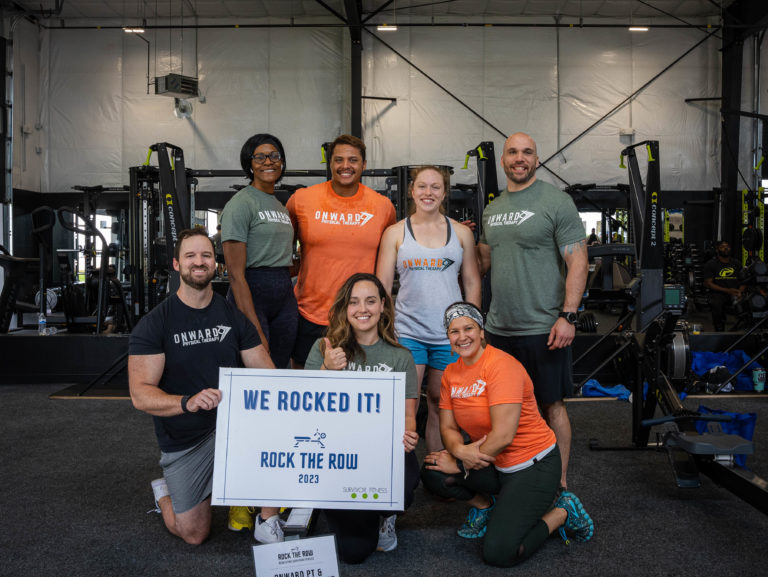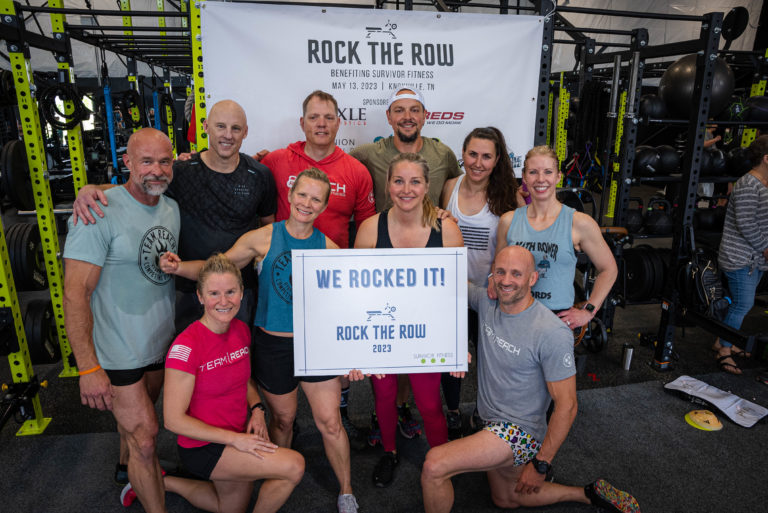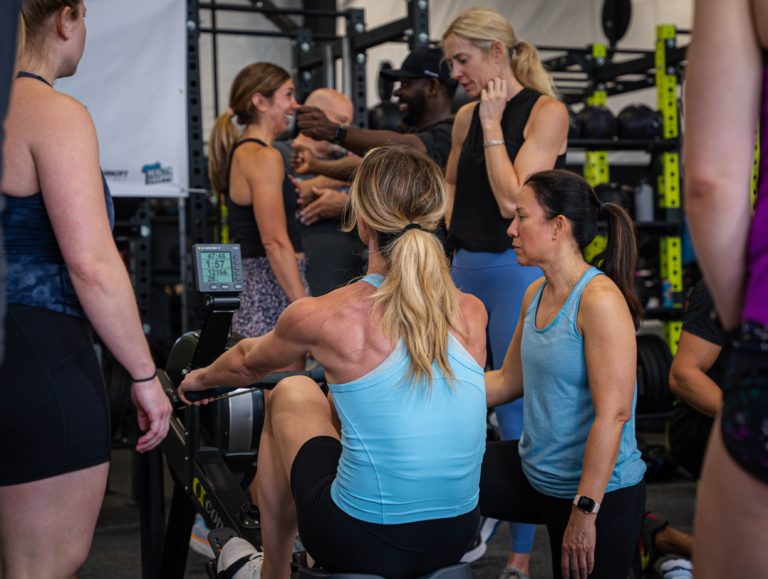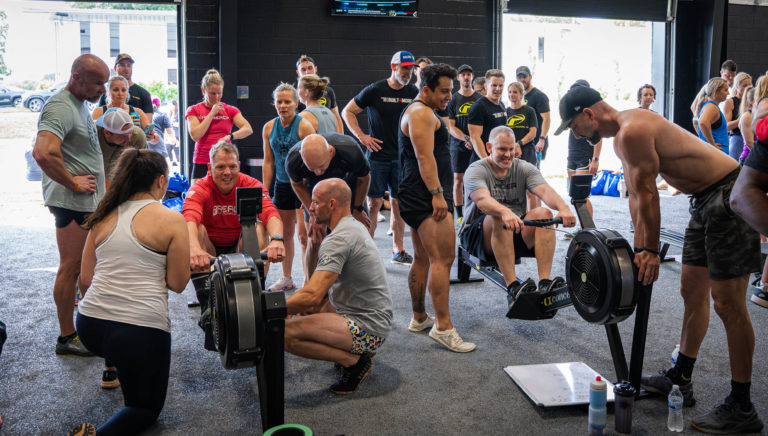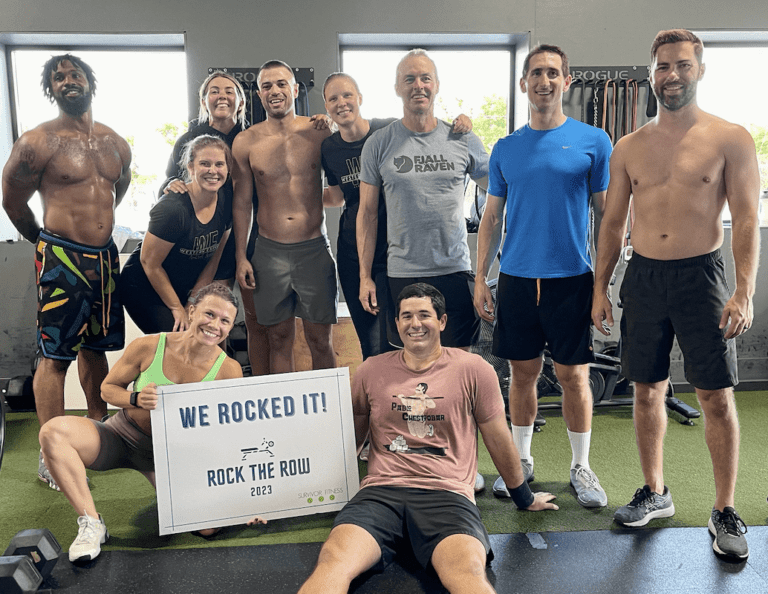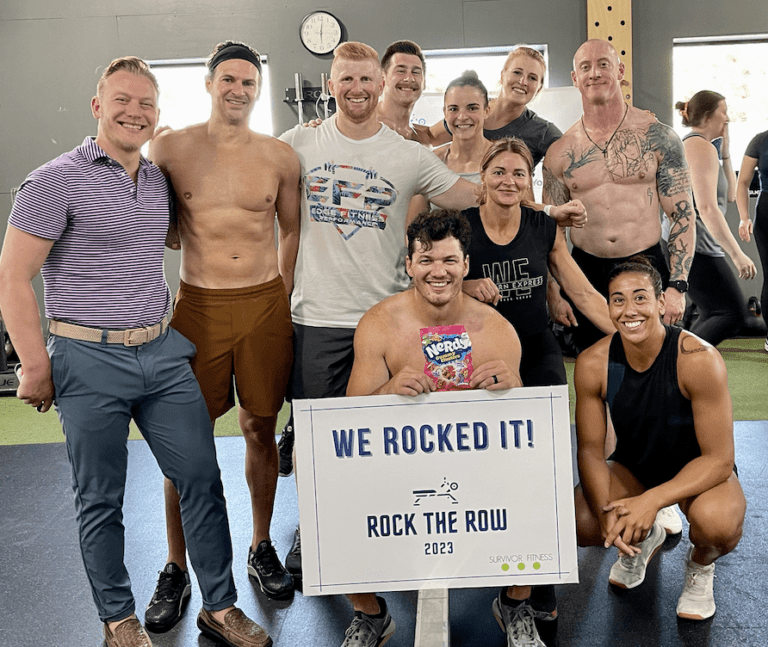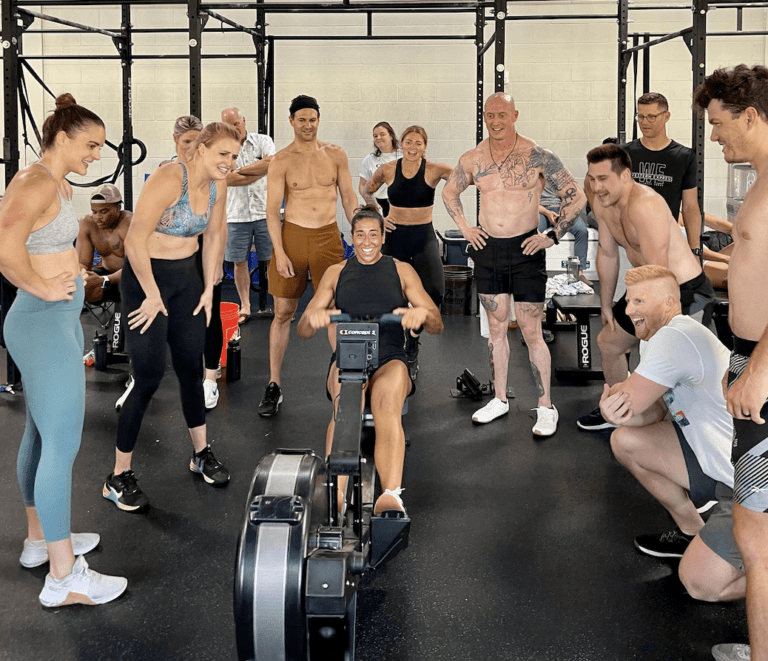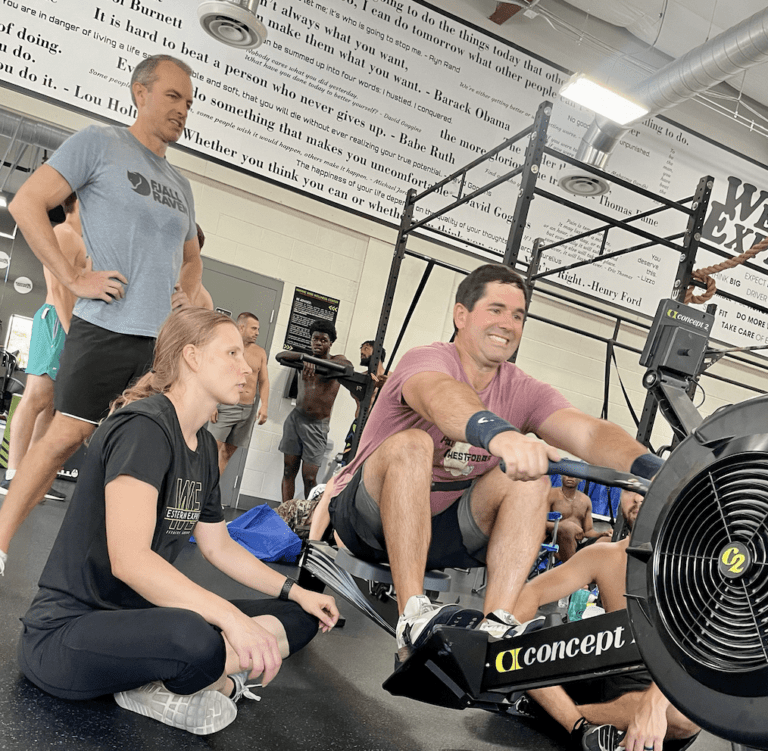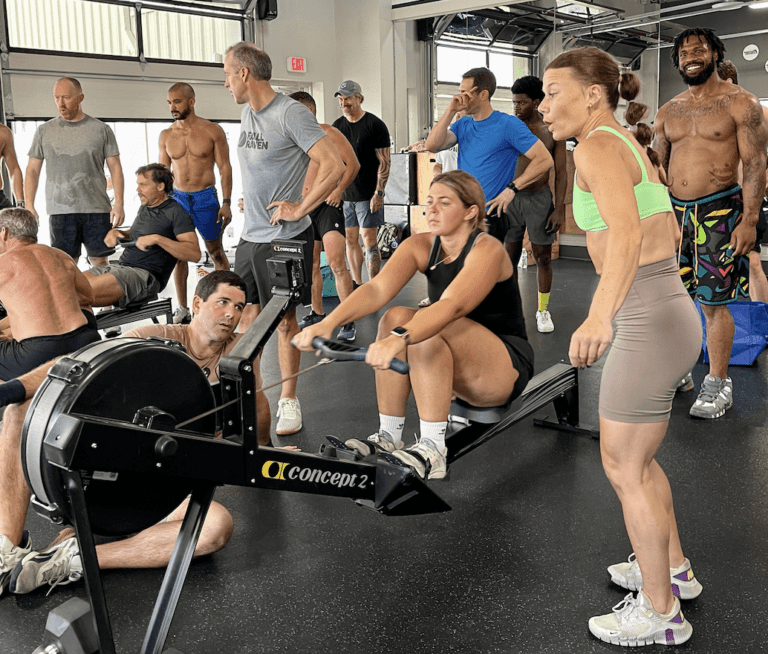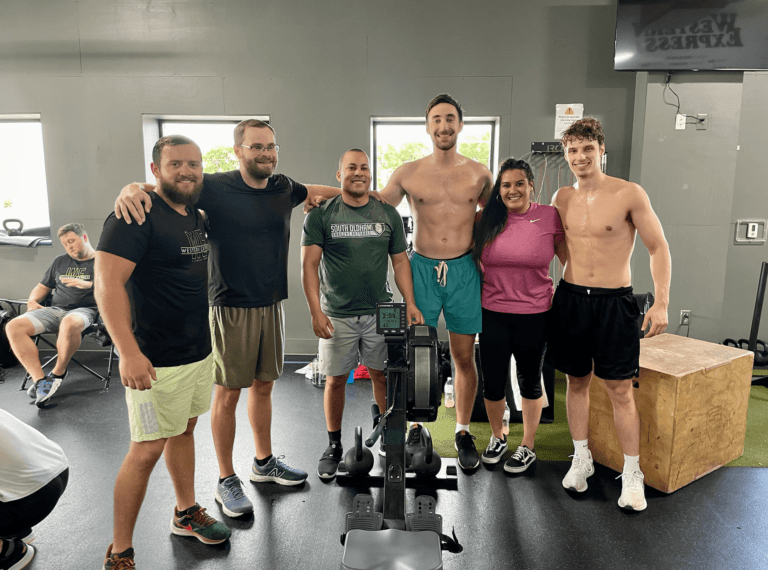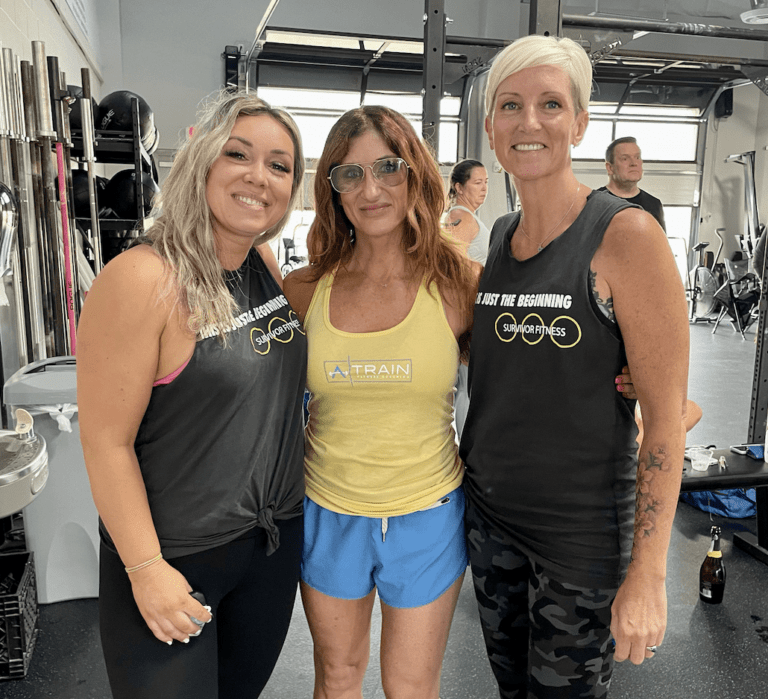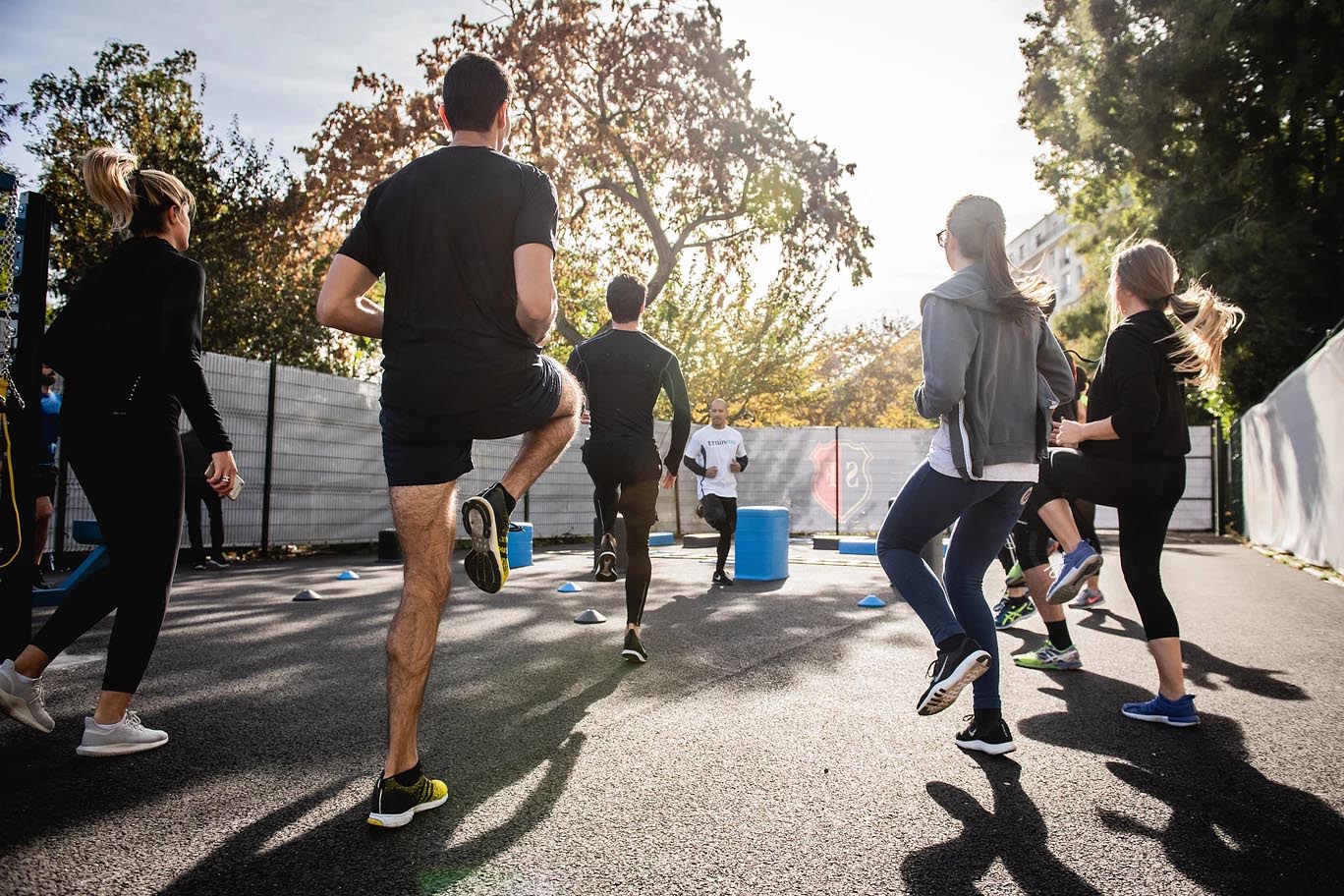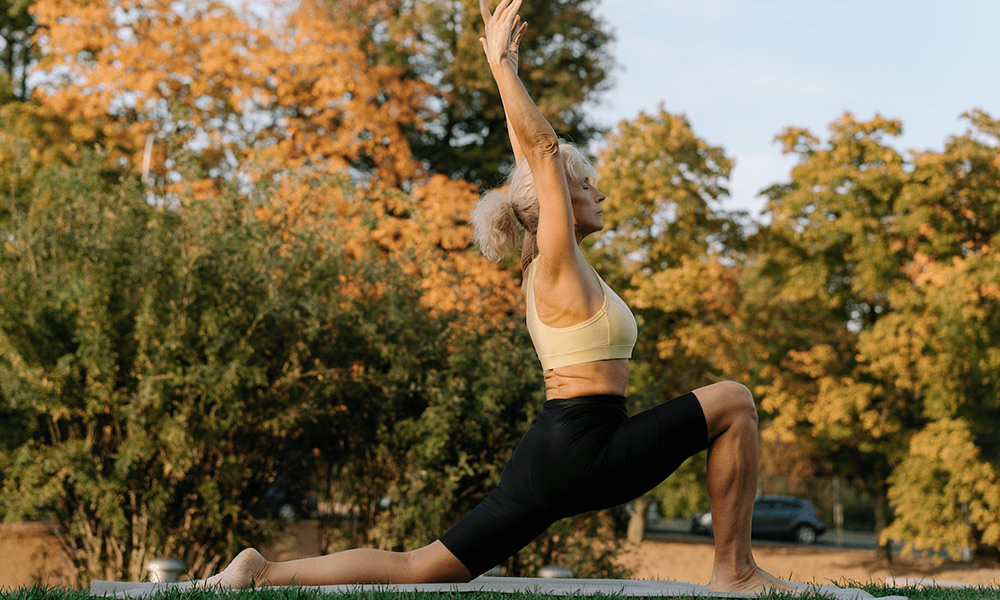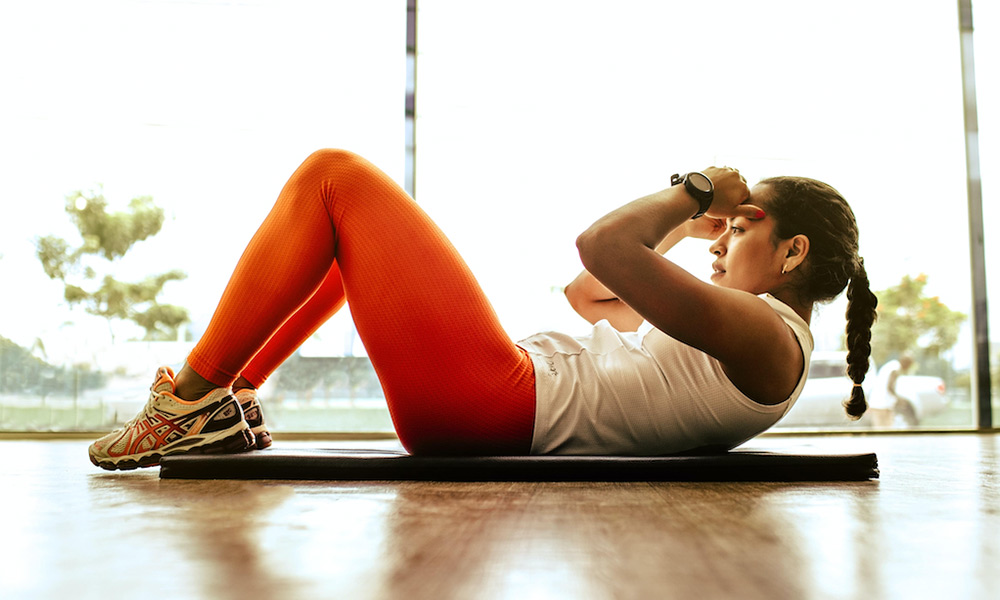The holiday season is a time for joy, celebration, and connection with loved ones. However, it can also be a time of stress, overindulgence, and a disruption to our usual routines. Amidst the festivities and gatherings, it’s easy to let our health and wellness take a backseat.
The Challenge of Prioritizing Your Health During the Holidays
The holiday season presents unique challenges to maintaining healthy habits. The lack of routine and structure can lead to less mindful eating and fewer opportunities for exercise. The abundance of tempting food and drinks can make it challenging to resist overindulgence. And the stress of the season can further disrupt our sleep patterns and overall well-being.
Despite these challenges, it’s important to prioritize our health and wellness during the holiday season. At Survivor Fitness, we like to encourage our participants and their families to find one or two simple practices they can implement. By making small, consistent efforts, we can feel our best throughout the season and emerge energized and refreshed.
4 Strategies for Staying Healthy During the Holidays
Here are a few ideas you can use to prioritize your health, fitness, and nutrition during the holiday season.
1. Find simple and creative ways to incorporate movement into your day.
Even if you can’t commit to your usual workout routine, finding small ways to incorporate movement into your day can be helpful. Get creative with your definition of the word “movement.” It can include everything from taking a brisk walk after a meal to dancing to some holiday tunes during a commercial break in a football game. What you choose to do doesn’t matter as much as consistently incorporating physical exercise into your daily routine.
We like to encourage participants to make it a family affair. The holidays are a great time to go for a walk or bike ride together as a family or try a new workout routine with your spouse.
2. Practice mindful eating.
Overeating or indulging in unhealthy foods is one of the biggest challenges of the holiday season. That’s why mindful eating can be such a helpful practice.
When attending holiday gatherings, take your time with your meals and savor your food and drinks. Pay attention to the taste, texture, and aroma of each bite. It can also be helpful to avoid distractions and simply use the meal as an opportunity to enjoy the company of your loved ones. This mindful approach can help you avoid overindulgence and fully appreciate the food.
3. Make a plan to eat healthy as much as you possibly can.
A little planning can go a long way, especially when maintaining a healthy diet during the holidays. It can be difficult to incorporate nutrient-rich foods into your meal plan, especially during times of the year when you’re out of your normal routine.
While you may not be able to influence what’s being served at the family gathering or work Christmas party, there are still ways you can be aware of your nutrition. For example, the holidays are a great time to start incorporating healthy snacks into your daily routine. Nuts are in season during the fall and winter, making them a great choice for healthy fats that boost memory and brainpower. Bring a healthy dish to share if you know you’ll be attending a potluck or other holiday event, and look for recipes packed with fruits, vegetables, and whole grains. Winter is the perfect time for nutritious options like winter squash, kale, cauliflower, beets, carrots, and fennel. When braised, steamed, or roasted, these seasonal veggies are warm, comforting, and delicious.
4. Focus on the positives.
The holiday season is a time for gratitude and reflection. Don’t let the busyness of the season keep you from taking some time to appreciate the good things in your life, both big and small. You could keep a gratitude journal and take time each day to write down a few things you’re grateful for. The holidays are a great time to use positive affirmations for your health and wellness. One of the simplest ways to maintain your health (and sanity) during the holidays is to do one thing you enjoy daily, such as reading, listening to music, or spending time in nature.
A positive mindset can help you stay focused and motivated to stick with your healthy routines during the busy holiday season.
Here’s to a Thriving Holiday Season
The holiday season can be a wonderful time of year, but it’s important to remember that our health and wellness should always be a priority. So, take a deep breath, relax, and enjoy the holidays!
Survivor Fitness works with cancer survivors to help them regain their health and stay motivated on the journey through one-on-one personal training and nutritional support. We walk alongside you to progress your post-treatment recovery, empowering you to take control of your healing journey. Connect with us today to learn more!


